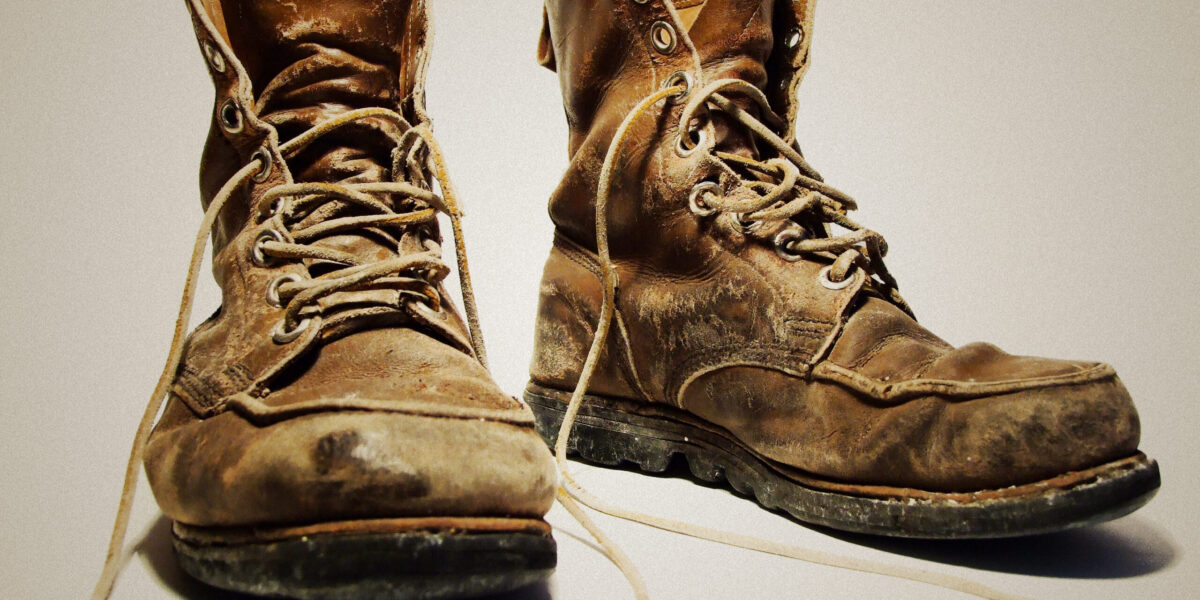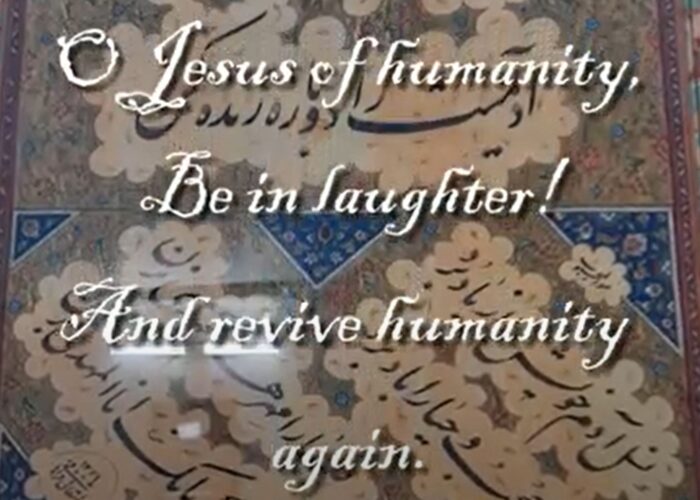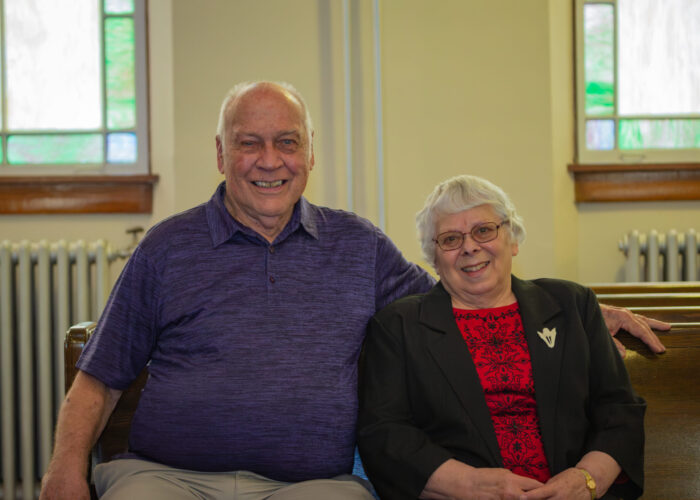Conscientious objection
and nonviolence were concepts I wasn’t familiar with as I was growing up. My
Anabaptist heritage that would have informed me about these life-enhancing
concepts and practices had been suspended in my family for four generations.
Love, deep care, and respect were clearly part of my family and community life,
but there was no specific instruction
regarding what peace with justice meant, or what honoring life in a radical way
implied.
War and serving
in the military, though not discussed a great deal in our family, was
nevertheless a part of my culture and to some degree another part of my
heritage. My father had served in several non-combat roles in Europe during World
War II, and I followed suite by joining the Air Force in the mid-1960s. After
nearly four years in the military, it became clear that it and the ongoing war
in Vietnam were not for me. This was made clear through a decision I made
toward the end of my military service. I was given the opportunity to be
assigned to an Air Force base in Thailand to support the war effort in
neighboring Vietnam, but chose not to do so. Many young persons at the time
were not given this choice.
What was clear
to me about being in the military from ages 18 to 21 was that I was
developmentally changing and growing in my understanding of self and my relationship
to others. I began to intellectually and emotionally grasp that my humanity was
tied deeply to others, and these new insights were beginning to shape my experience
to the American war effort in Vietnam. These emerging concepts and feelings
toward war and my support of it by being in the military led me to leave the
system. I wanted something else in my life, something that still wasn’t clear,
but was clearly not being part of a structure that used violence as a means to
communicate to others what is and/or should be.
The trajectory
from my leaving the Air Force to embracing a deeper understanding of peace and
justice was a long one. Anti-war demonstrations and a 1960s lifestyle were part
of this journey, but it wasn’t until I studied various world religions and
practiced yoga did I slow down enough to reflect on what was missing in my life
and what historically had informed it—the Christian faith of my family and
youth. In time, this led to living with a Benedictine monk in France—where I
had previously studied art, another important element of my spiritual journey. The
culmination of this part of my journey led me to studying Scripture and the
theology of nonviolence at Eastern Mennonite Seminary.
It was at EMS
that I finally learned about the full meaning of conscientious objection and the
power of the cross that binds together all people. I also came to realize
during my seminary years that I had Anabaptist roots and those
Mennonite/Christian roots were speaking to me about nonviolence and love of
God, others and self. Jail and prison ministry further enhanced and confirmed this
love and my desire to serve others. One year after seminary, I founded with two
other people the Gemeinschaft halfway
house for ex-offenders. Justice as relationship was being revealed through this
service.
Living at Gemeinschaft
and directing the Community Mediation Center, the first center of its kind in
Virginia, helped set the foundation for my peacebuilding work with individuals
from the United State, Canada, and across the globe. The Center for Justice and
Peacebuilding at Eastern Mennonite University has provided a base of this work
through teaching and practice. It continues to be an important part of my
journey of understanding and practicing the love of God through the power and
blessing of God’s Son and Spirit.




